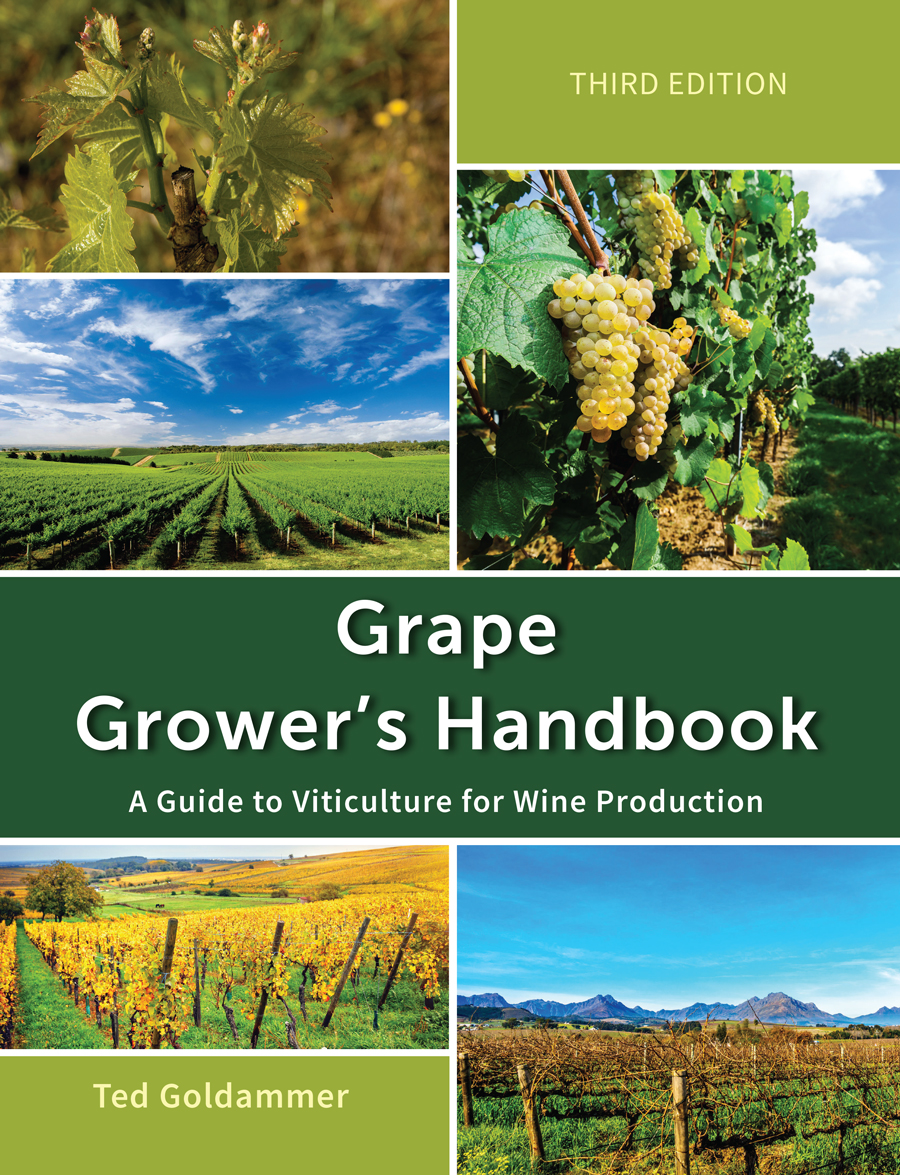Pesticide Application in Vineyards
Weed Sprayers
Weed sprayers are used in the vineyard to control weeds while canopy sprayers are used to control insects and diseases. The two are not interchangeable. The types of weed sprayers used in the vineyard are typically of two main designs: (1) horizontal boom sprayers and (2) ATV or tractor mounted shielded CDA sprayers.
Horizontal Boom Sprayers
Horizontal boom sprayers get their name from the booms or long spray-bearing arms that extend laterally to cover a particular swath as the sprayer passes over the vineyard. Two types of herbicide boom applicators are available. An over-the-row frame can be used to spray simultaneously both sides under the vine of the target row (See Figure 26.7), or a single boom can be fitted to the tractor to spray only one side of two adjacent rows.
Controlled Droplet Applicators (CDA)
Controlled droplet applicators (CDA) have a single, shielded nozzle that atomizes the spray solution. This fine mist circulates around inside the shield, providing good deposition. A brush skirt or plastic cover can be fitted over the shield to further reduce drift onto young vines, which are also fitted with break-back devices. CDA technology produces spray droplets that are relatively uniform in size and permits the applicator to control droplet size.
Sensor-Controlled Applicators
Sensor-controlled applicators use optical sensors to determine where weeds are located in the vineyard. These sensors, coupled with a computer controller, regulate the spray nozzles and apply herbicides only when needed.
Click on the following topics for more information on pesticide application in vineyards.

